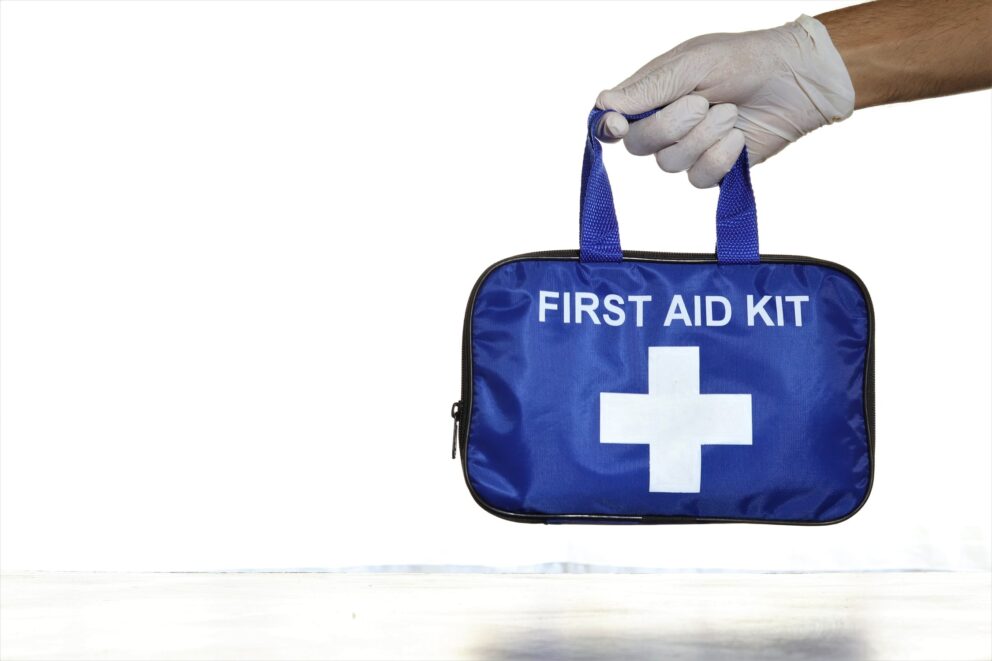
When a person finds himself in such a critical situation, which for him is fraught with the possible loss of health or even life, very rarely is there a qualified medical personnel who is able to provide first aid according to all the rules. That is why there is an objective need for everyone to be familiarized with the basic principles and rules contained in the instructions on pre-hospital first aid for victims.
Assessing the situation before providing care
Before pre-hospital care is begun, it is necessary to understand what has triggered the critical situation that threatens the life or health of the person. This is a critical step that absolutely must not be overlooked to ensure that the steps taken are appropriate and do not further harm. In assessing the situation, it is necessary to determine aspects such as:
- what happened;
- what was the cause of what happened;
- how many people were affected;
- whether there is still danger to you and the victims;
- whether other people can be involved in helping;
- whether an ambulance should be called and whether it is feasible to do so.
Sequence of care
Since emergency pre-hospital care is a whole set of measures, you need to act in a strict sequence. Only this can save the life and health of the victim. The instructions for first aid provide the following sequence of actions.
1. Securing the place where the accident has occurred:
- removing the source of danger;
- Ask for help if you cannot remove the hazard yourself;
- Transfer the victim to a place of safety if you cannot remove the hazard even with outside help.
2. Assessment of the victim’s condition:
- If there are several injuries, it is necessary to determine which of them can pose the most serious threat to life;
- If there are several victims, it is necessary to determine which one is the most critical.
- Provision of first aid.
- Calling an ambulance.
- Fixation of the information connected with time, a place, and also circumstances of what has happened.
All these stages need more detailed consideration. So, moving the victim out of the place of danger or eliminating its source, you must act in such a way as not to cause a risk to your life. Otherwise you will not be able to help the victim and you may become a victim of an accident. Therefore, in this case, the success of providing assistance depends to a large extent on how competently you will act.
Speaking about the definition of the most dangerous injuries, it is necessary to note that among them are, in the first place, those injuries that prevent the flow of oxygen into the body. This is especially true of the brain.
When proceeding directly to the first aid, do not refuse these actions if there are no signs of vital signs. Death is often imaginary (or clinical), and a set of expertly designed measures can bring a person back to life. Remember that only a doctor is authorized to conclude that a person is dead. Then it is necessary to call an ambulance. In many cases, this step is the key to saving the person’s life. If there is an opportunity to delegate someone to perform this action, do so. Stay with the victim yourself.
At the information recording phase, remember to document not only the circumstances of what happened, but also what specific actions you took with the victim to stabilize his condition. Such information should be forwarded to the emergency physician.
If we touch in more detail such a question as the provision of first pre-hospital care to victims, the specific actions depend on the type of emergency condition. However, the sequence provided in this instruction is relevant to all such conditions, regardless of their variety.